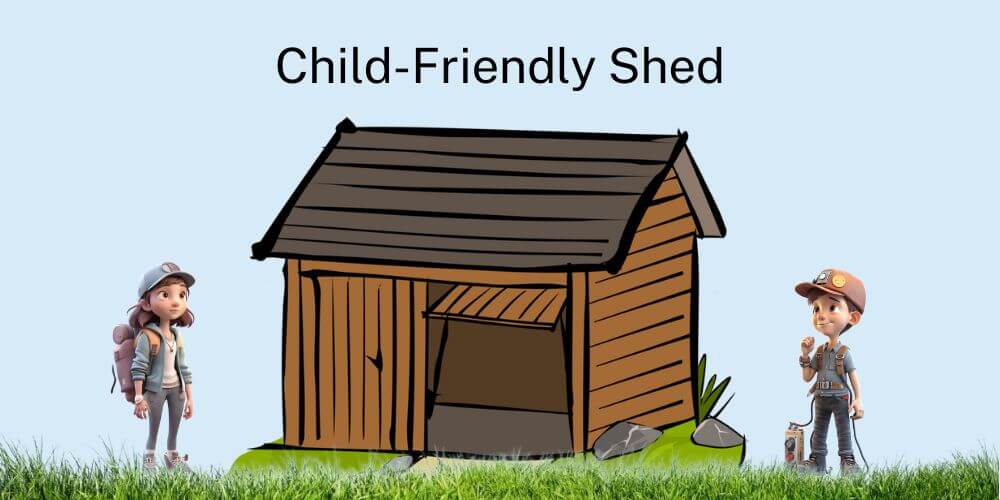Concrete for a shed base? When building a shed, choosing the right type of base is essential for its stability and durability. While there are several options available, concrete has long been a popular choice for shed bases. In this post, we’ll take a closer look at concrete for a shed base, exploring its benefits, drawbacks, and best practices for installation.
Concrete for a shed base – Benefits
One of the biggest benefits of using concrete for a shed base is its durability. Concrete is a strong and sturdy material that can support heavy loads, making it ideal for structures like sheds. It is also resistant to weather damage, which is important for outdoor structures that are exposed to the elements.
Concrete for a shed base also provides excellent stability. Once it is properly installed, it creates a solid and level foundation for your shed, ensuring that it won’t shift or settle over time. This can help to prevent damage to your shed and its contents and extend its lifespan.
Another benefit of concrete for a shed base is that it is relatively low-maintenance. Once the concrete is poured and cured, it requires little upkeep beyond regular cleaning. This can save you time and money in the long run.
Concrete for a shed base – Drawbacks
While concrete for a shed base has many benefits, there are also some potential drawbacks to consider. One of the main drawbacks is cost. Concrete can be more expensive than other types of shed bases, such as gravel or crushed stone. Additionally, pouring and curing concrete requires specialized equipment and expertise, which can add to the cost.
Another potential drawback of concrete for a shed base is that it can be more difficult to install than other types of bases. Pouring and leveling the concrete requires careful attention to detail, and mistakes can be difficult to fix once the concrete has hardened. Additionally, concrete takes time to cure properly, which means that you will need to wait before you can begin building your shed.
Unsure about concrete? click here to explore different options.
Concrete for a shed base – Best Practices
If you decide to use concrete for your shed base, there are several best practices to follow to ensure that the base is properly constructed. First, it is important to prepare the ground before pouring the concrete. This involves removing any grass, weeds, or other debris from the area and ensuring that the ground is level.
Next, you will need to build a form around the perimeter of the base. This form will hold the concrete in place as it dries and ensure that it has the proper shape and dimensions. Be sure to use a spirit level to ensure that the form is level and flush with the surrounding ground.
Once the form is in place, you can begin mixing and pouring the concrete. Be sure to follow the manufacturer’s instructions carefully to ensure that the concrete is mixed and poured correctly. Use a trowel to spread the concrete evenly throughout the form, and use a spirit level to ensure that it is level.
After the concrete has been poured, it will need to cure for several days before it is ready for use. During this time, it is important to keep the concrete moist to ensure that it cures properly. This can be done by covering the concrete with plastic sheeting or spraying it with water periodically.
Final Thoughts
Concrete for a shed base is a durable and stable option for anyone looking to build a shed. While there are some potential drawbacks to consider, such as cost and difficulty of installation, proper installation techniques can help to mitigate these issues. By following best practices for installation and maintenance, you can ensure that your concrete shed base provides a solid and long-lasting foundation for your shed.



